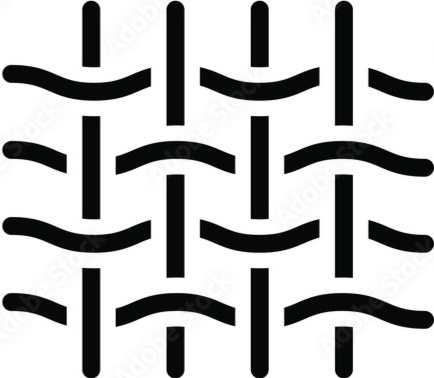Our research centers on applications, systems, and networking aspects of mobile computing. We are currently exploring the following research directions.

We seek to overcome fundamental physical limits of radio frequency spectrum and study the use of light for building next-generation wireless systems. Light as a communication medium provides hundreds of terahertz spectrum band that is unlicensed, holding the potential to starve off the crunch of radio spectrum and to enable emerging data-intensive applications (e.g., virtual reality, autonomous driving). Light as a sensing medium achieves fine-grained sensing resolution thanks to its nanometer-level wavelengths, with broad implications in plethora of sensing applications ranging from object tracking to human health sensing. Light as a renewable energy source is most appealing due to its ubiquity and high energy density, with the possibility to power up zillions of power-constrained devices and sensors.
We have been extensively studying light-based system for communication, human sensing, object tracking, and energy harvesting. We are currently focusing on laser light because of its superior performance in communication, sensing, and power delivery. Our recent work examines laser-based communication and sensing to support underwater robotics. We are also exploring security applications of light-based systems.

Smart textiles and soft electronics emerge as an exciting platform for building next-generation communication and sensing systems. We have examined the use of everyday fabrics for human physical sensing. Examples include human joint motion reconstruction (UbiComp 2019), finger gesture recognition (UbiComp 2021), and touch detection (CHI 2020).
Currently we are exploring physiological sensing using fabrics, with a particular focus on applications in education, health, and HCI.